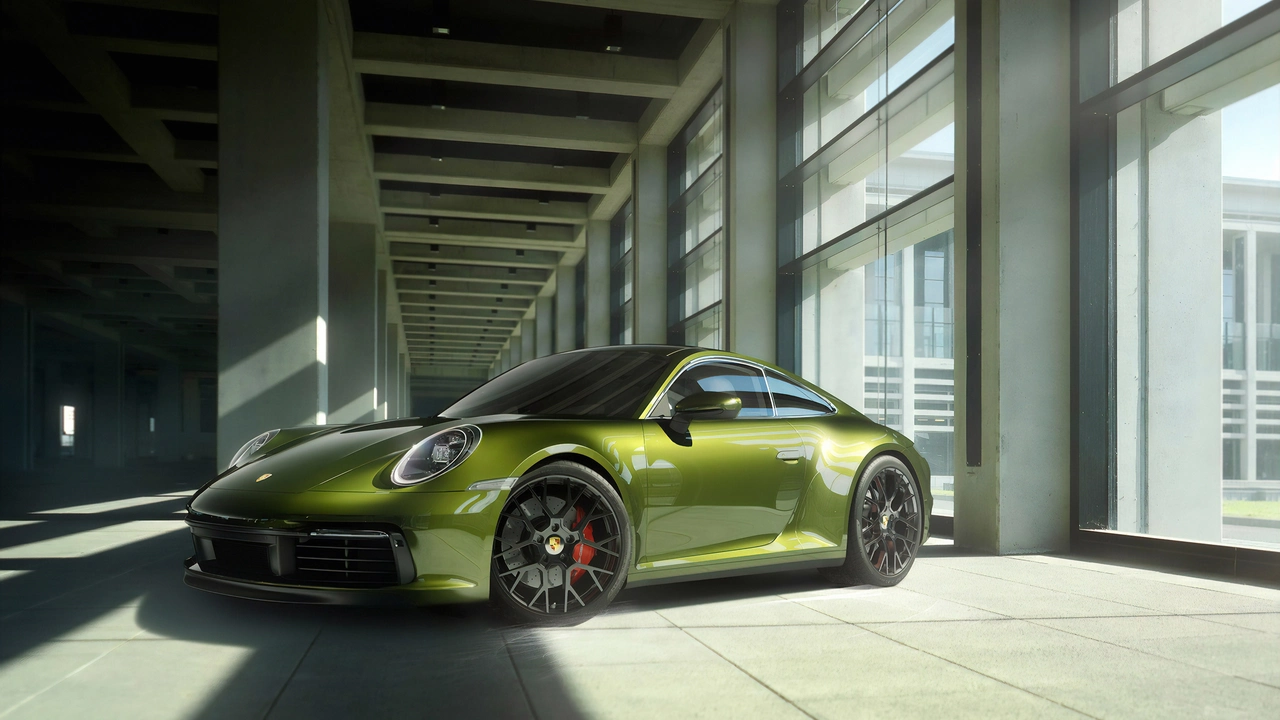Aesthetics in Motorsports – Why Look Matters on the Track
When you think of racing, the roar of engines and the smell of fuel probably come to mind first. But the visual side – the colours, shapes, and overall vibe – is just as powerful. A striking livery can make a car unforgettable, a well‑designed helmet can boost a rider’s confidence, and an eye‑catching track layout can turn a race into a spectacle.
Car Liveries: More Than Just Paint
Every racing team spends hours picking the right colour scheme. Bright reds grab attention, while sleek matte finishes scream sophistication. A good livery does three things: it stands out on the grid, reflects the team’s brand, and often tells a story – think of classic Le Mans cars that celebrate a sponsor’s heritage. If you’re building a personal race car, start by choosing a base colour that matches your personality, then add accents that highlight the car’s lines. Keep the design simple; too many patterns can look cluttered at high speed.
Gear & Accessories: Boost Confidence Through Style
Riders and drivers aren’t just athletes; they’re also part of a visual performance. A helmet with a bold graphic can improve focus by giving you a mental cue that you’re in the zone. Boots, gloves, and racing suits follow the same rule – they should fit well and look sharp. When you feel good about how you look, you’re more likely to push the limits safely.
Fans also react to aesthetics. A well‑planned pit lane backdrop, vibrant sponsor banners, and coordinated fan merchandise turn a race weekend into an immersive experience. That’s why many championships invest heavily in stadium lighting, trackside art, and even virtual graphics for broadcast.
So, how can you up your aesthetics game if you’re just starting out? First, study the icons: look at historic cars like the 1967 Chaparral or modern Formula 1 leaf‑shaped wings. Notice the colour combos that stick in your memory. Second, use a design tool or work with a graphic artist who knows racing specs – they’ll ensure your graphics don’t blur at 200 km/h. Third, test the look on a mock‑up of the car or gear before committing to paint.
Remember, aesthetics isn’t about vanity; it’s about communication. A bold visual tells opponents, sponsors, and fans who you are before you even hit the start line. It can even influence morale – a team that loves its car’s look often shows that pride on the track.
At Speedway Motorsports Academy we teach you the technical side of racing, but we also cover the visual side. From livery design workshops to helmet styling tips, we help you create a racing identity that stands out. Ready to make your mark? Join us and turn your passion into a look that people can’t forget.
Do Porsche deliberately make their large cars ugly? Why?
In my exploration of whether Porsche purposefully designs their larger cars to be less visually appealing, I found differing opinions. Some believe that Porsche's unique design approach is not about making their larger models 'ugly', but rather about maintaining their iconic sporty look, which can be challenging in bigger sizes. Others argue that these unconventional designs may be strategic, to ensure their smaller, pricier models remain more desirable. However, it's essential to remember that beauty is subjective, and what may seem 'ugly' to some may be attractive to others. In conclusion, there's no definitive proof that Porsche intentionally designs their larger cars to be less appealing.
